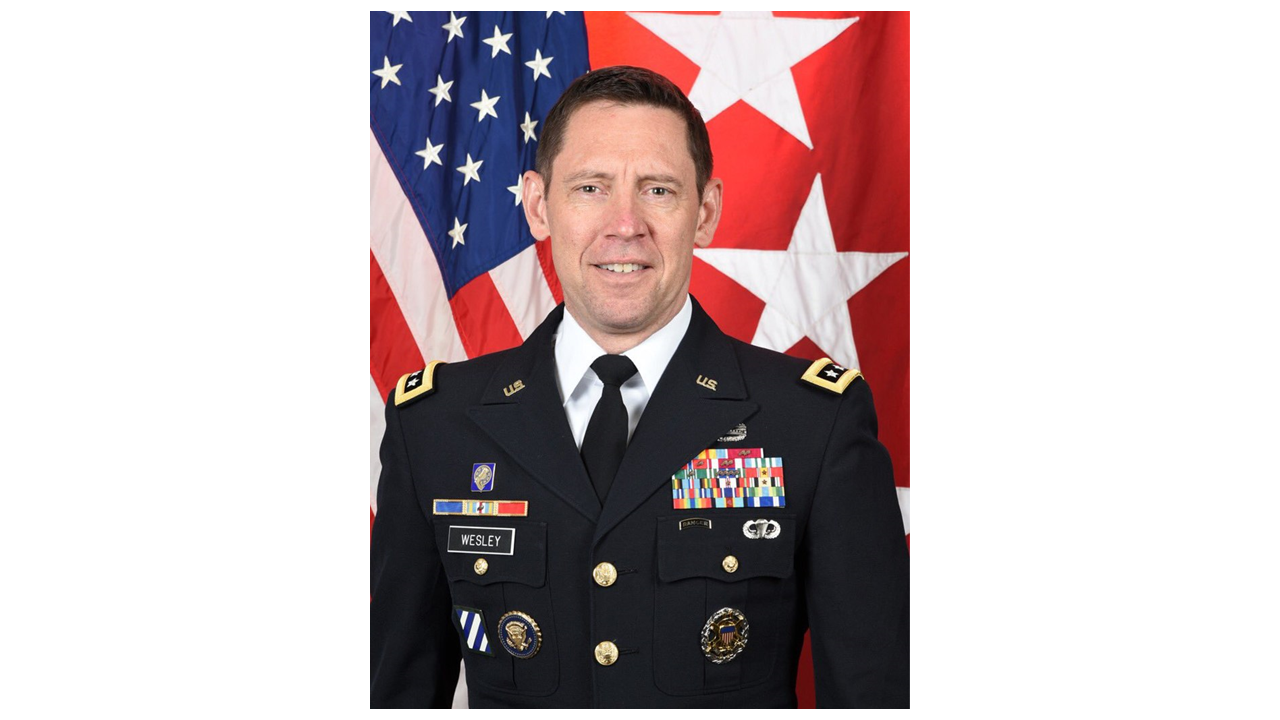Changing Mindsets About Nuclear with Radiant

Eric Wesley, retired three-star general and Radiant advisor, shares how microreactors can help meet the military's need for energy innovation.
The last six years of my three decades in the US Army focused on modernization, but I’ve always had a personal passion for thinking through the implications of change. When I retired in 2020, I was serving as the Deputy Commanding General of Army Futures Command and the Director of the Futures and Concepts Center. My team at Futures and Concepts Center assessed our biggest future threats and ended up writing the manual — quite literally — on how to successfully protect our national interests in the decades to come called The US Army in Multi-Domain Operations 2028.
When we were reimagining the requirements for the military’s next era of preparedness, one fundamental problem emerged. It’s the challenge every commander faces: how to move energy on the battlefield. This problem goes back centuries. Even Napoleon had to figure out how to feed his horses as his forces carried out operations across the continent.
However, there is a new equation to consider today: we have an exponential increase in demand for energy, but only incremental increases in efficiency are possible with liquid fuel. Since the turn of the last century and the automotive revolution, fossil fuels have defined most of our requirements worldwide. That dependence will only increase with our reliance on computer systems, directed energy weapons, drone deployment, connected soldier systems, and command posts. So, whether it’s fuel to move vehicles or fueling generators to move communications, we rely on gasoline to run the military.
Now think about the supply chain for that fuel. It’s a journey that starts in a refinery. The fuel then gets put on a railcar, taken to a port, and placed on a ship. That ship will travel to another port and offload to an armored movement, meaning more trucks and more convoys, to get that fuel to the place that needs it. The vulnerability of that supply chain is also a critical problem - one that will become increasingly vulnerable with the advances in long-range precision and increasingly accurate sensor and targeting capabilities by other nations.
One answer to these challenges became clear to me well before I was a three-star general: nuclear energy. Years ago, I began to learn about the significant technology improvements in nuclear power. How TRISO fuel mitigates old fears around meltdowns. How much more energy dense nuclear power is relative to not only liquid fuel, but to any other source of energy that we’ve discovered. Nuclear energy could help the military meet increased energy demands and all but eliminate the need for that vulnerable supply chain. Imagine generating energy at the point of need and fundamentally changing the centuries old supply chain.
While on active duty at the Pentagon, I sought to champion nuclear power. I was determined to change mindsets. I sought to educate both peers and superiors on the dire need for alternative energy sources as well as the nuances of advanced nuclear reactors.
Now that I’m retired, I remain determined to affect change. I stay closely connected with the team leading Project Pele, which is the Pentagon’s initiative around nuclear technology. That’s how I learned about Radiant.
When my Pentagon colleagues told me they were going to visit a promising start-up in California, I was instantly interested. Competition is always good for keeping teams accountable. And I’ve seen that free-market solutions running parallel to military efforts tend to feed off each other, producing even stronger results in the end.
During our visit, I was struck by the team at Radiant and their culture. I saw how they were modeling their approach on what their former company — SpaceX — did with a very similar problem. Like nuclear energy, rocket science is complex and long required significant government leadership, oversight, and funding. But the team at SpaceX demonstrated that a free market can also develop these highly technical, nationally critical capabilities. They broke into a previously impenetrable industry, becoming invaluable partners to the government and NASA, all while returning space flight to US soil at a more affordable price.
I saw these young innovators from SpaceX now replicating the model in a similarly challenging industry. I felt their unique, simple goal of placing the Kaleidos microreactor in a shipping container would be transformative to applications anywhere in the world, and consistent with the goals of Pele. Their milestone-based approach was impressive, as was their willingness to invest and risk private, non-taxpayer dollars to achieve their goals.
After the Radiant team laid out their entire plan, and I saw their infectious enthusiasm and tremendous work ethic, I wanted to align myself with them. I wanted to help them. That’s why in December, I officially became an advisor to Radiant. After over 34 years in the military, I plan to help Radiant navigate their growing relationship with the Department of Defense.
Radiant’s leadership team is working hard and fast. They are tireless. They bring stamina and passion to the challenges that lay ahead. And that kind of energy — ironically — is their biggest asset. I know first-hand how a team’s commitment to innovation can win against more established firms who are comfortable with the status quo. What Radiant is doing is pushing the energy industry to evolve and to adapt. It’s a forcing function in a new era of critical need.
V/R,
Eric Wesley
For business inquiries, please email [email protected].